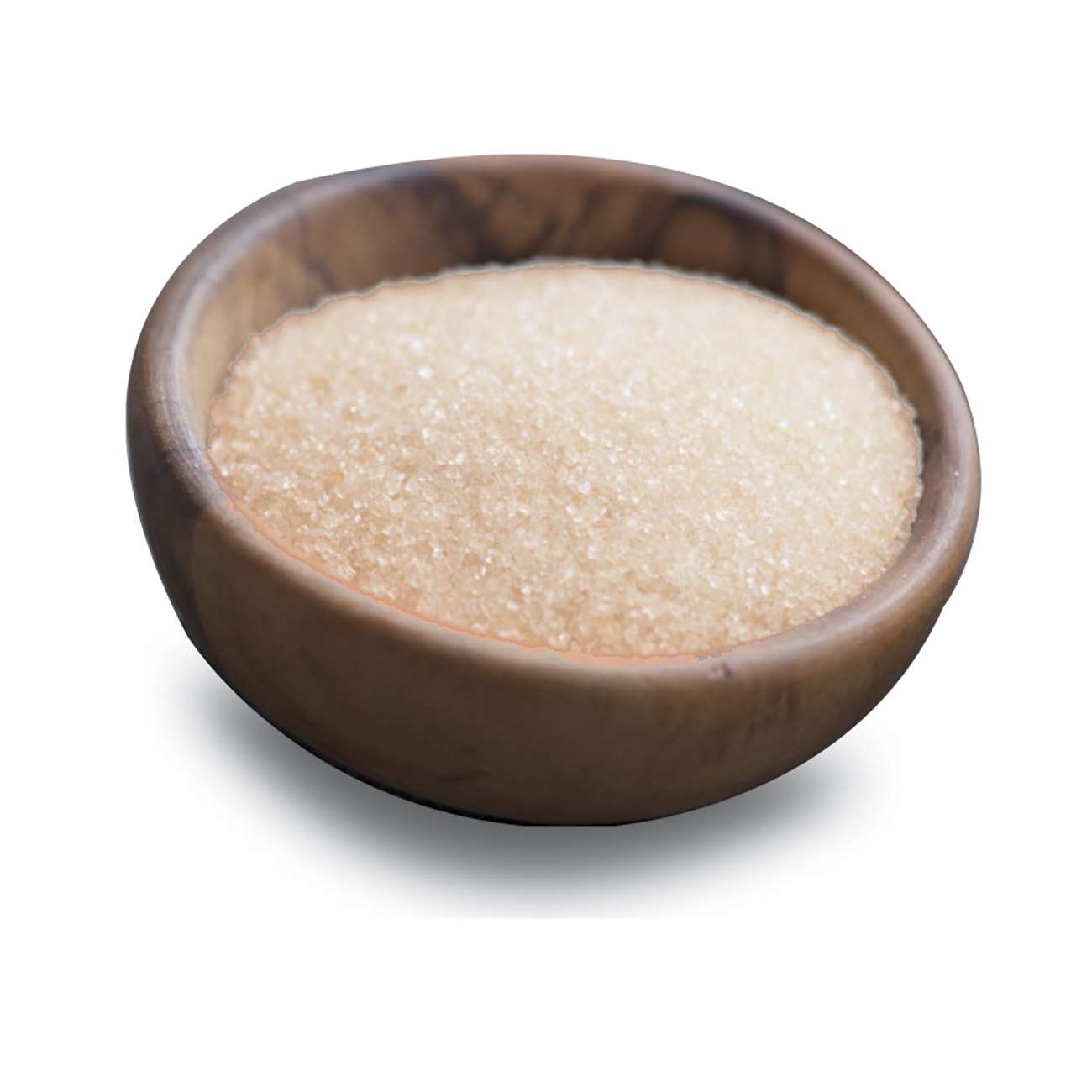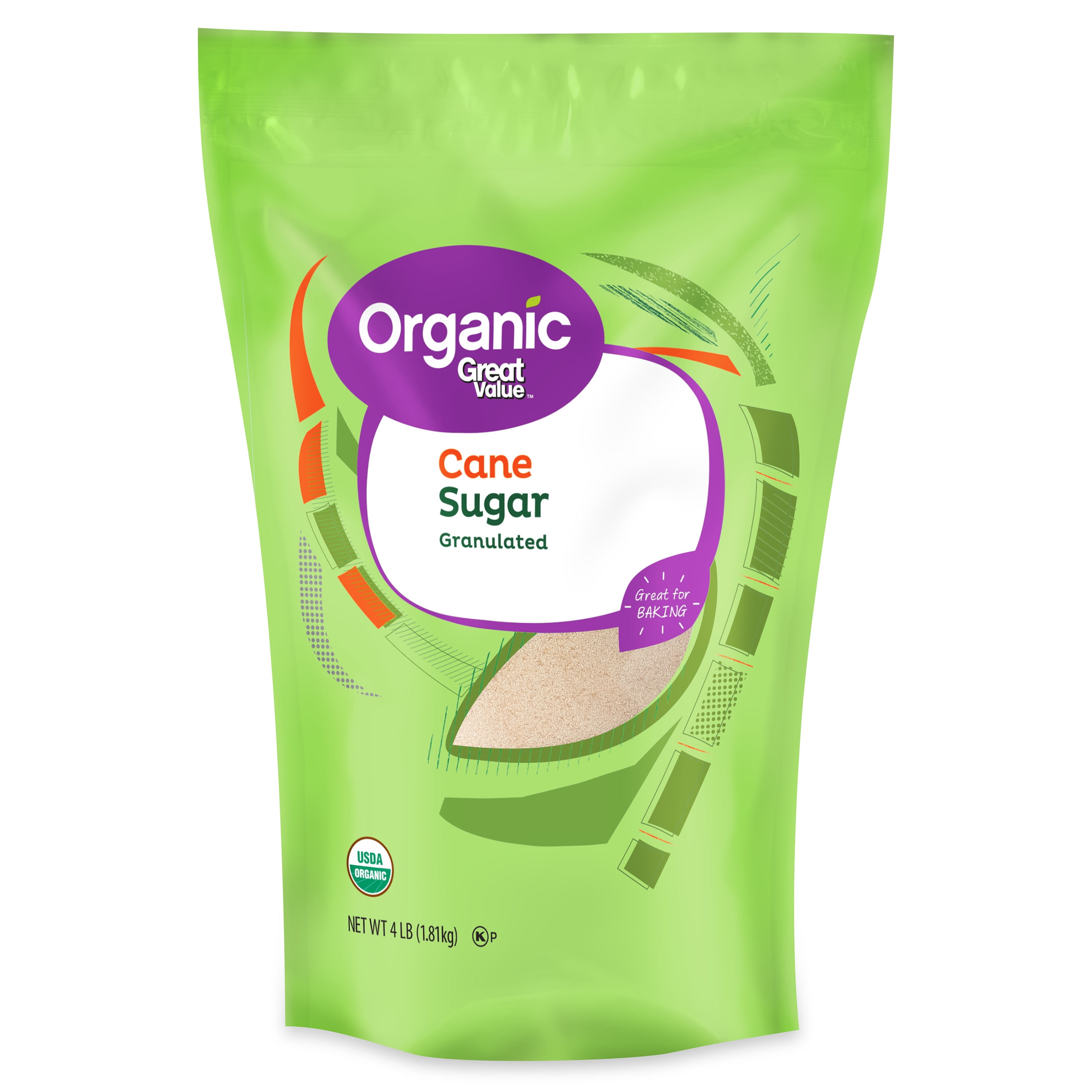The Scientific Research Behind Cane Sugar Processing: Just How Sweetness is Refined
The Scientific Research Behind Cane Sugar Processing: Just How Sweetness is Refined
Blog Article
An In-Depth Guide to the Environmental Impact and Sustainability Practices in Walking Stick Sugar Processing
The ecological impact of cane sugar processing provides a complicated range of challenges that warrant mindful assessment. From soil deterioration and excessive water use to the carbon footprint connected with cultivation and manufacturing, the consequences of standard techniques are far-ranging. What specific methods can be executed to strike a balance between efficiency and ecological stewardship?
Review of Cane Sugar Processing
Walking stick sugar handling entails a collection of systematic steps that transform sugarcane right into refined sugar. Originally, gathered sugarcane is delivered to processing facilities, where it goes through cleansing to get rid of soil and debris. Following this, the cane is crushed to remove juice, which is then cleared up by getting rid of impurities with home heating and the addition of lime.
The cleared up juice undergoes dissipation, where water is gotten rid of to focus the sugar web content. This focused syrup is then taken shape with air conditioning, permitting sugar crystals to create. These crystals are divided from the continuing to be syrup making use of centrifugation, leading to raw sugar. To attain refined sugar, the raw product undertakes more purification processes, which might consist of filtering system and cleaning to remove continuing to be pollutants and shade.
The end product is then dried out and packaged for distribution. Throughout this entire procedure, preserving efficiency and quality assurance is vital to make certain the sugar fulfills market criteria. Each action in walking cane sugar processing not just adds to the last item however also has implications for source use and waste generation, establishing the stage for conversations on sustainability and ecological impacts related to sugar production.
Ecological Challenges of Manufacturing
The manufacturing of walking stick sugar provides several substantial ecological obstacles that warrant attention. One key issue is the extensive use agrochemicals, including plant foods and pesticides, which can lead to dirt deterioration, biodiversity loss, and contamination of neighborhood water sources. The drainage from sugarcane areas typically brings these chemicals right into nearby environments, interfering with aquatic life and influencing the wellness of communities reliant on these water bodies.
An additional difficulty is the high power intake connected with sugarcane processing. The boiling and refining stages need substantial heat, mainly created by burning nonrenewable fuel sources, adding to greenhouse gas discharges. In addition, the extensive acreage required for sugarcane farming can result in logging and habitat destruction, more aggravating climate adjustment and harmful wildlife.
Moreover, the labor practices in some areas increase moral problems, as employees may deal with poor working conditions and insufficient salaries. This circumstance typically bolsters a cycle of hardship in local communities. Cane Sugar Processing. Attending to these ecological obstacles is essential for establishing a lot more sustainable practices in walking cane sugar production, ultimately profiting both the atmosphere and the neighborhoods associated with this sector
Water and Land Use Effect
Water resources and land application are essential components in the cane sugar market that substantially affect the setting. The cultivation of sugarcane requires substantial water input, with price quotes recommending that it can consume as much as 2,000 liters of water per kilo of sugar produced. This intensive use water usually causes depletion of regional water sources, influencing not only the sugarcane plantations however additionally surrounding ecosystems and areas that rely upon the same water resources for farming and residential usage.

Moreover, land usage for sugarcane growing can cause deforestation and the conversion of natural environments into monoculture plantations. This practice reduces biodiversity, interferes with local environments, and adds to dirt deterioration. The growth of sugarcane areas usually intrudes on valuable farming land, creating competitors for sources in between food and biofuel manufacturing.
Lasting practices, such as enhancing watering strategies and implementing plant rotation, are essential to reduce these effects. By embracing extra effective water use and land administration strategies, the cane sugar sector can reduce its ecological footprint, guaranteeing a balance in between agricultural performance and ecological preservation.
Greenhouse Gas Emissions
Greenhouse gas exhausts stand for a considerable environmental problem within the walking cane sugar handling market, especially as agricultural techniques broaden to meet worldwide demand. The farming of sugarcane, a crop that grows in tropical environments, counts greatly on artificial plant foods and chemicals, which add to nitrous oxide emissions. Additionally, land-use adjustments, consisting of deforestation for brand-new sugarcane ranches, launch carbon dioxide kept in vegetation and soil.
Throughout processing, power intake is one more significant source of greenhouse gas exhausts - Cane Sugar Processing. Lots of sugar mills utilize fossil fuels to power machinery and generate heat, resulting in considerable carbon footprints. In addition, the transportation of raw sugarcane and completed products adds layers of discharges via gas burning in automobiles
The collective effect of these discharges worsens climate adjustment, positioning risks not just to the atmosphere however additionally to the long-term stability of the industry. Stakeholders must acknowledge the immediate demand for extensive methods that deal with these discharges. This includes examining current farming methods, processing techniques, and transport systems to determine locations for renovation and reduction. Addressing greenhouse gas discharges is crucial for promoting a much more lasting walking stick sugar sector in a transforming climate.

Sustainable Practices and Innovations
Lasting techniques and technologies are increasingly vital in the walking cane sugar processing market as stakeholders look for to reduce environmental impacts while preserving efficiency. One considerable innovation is the application of integrated plant monitoring, which maximizes resource use by integrating soil monitoring, insect control, and crop turning strategies. This approach enhances yield while reducing chemical inputs and preserving dirt wellness.
Moreover, the adoption of renewable power resources, such as biomass from sugarcane deposits, has acquired grip - Cane Sugar Processing. By transforming waste items into energy, processing centers can minimize their reliance on fossil fuels, consequently reducing greenhouse gas exhausts
Water administration techniques have actually additionally seen improvements through the recycling and reusing of water in handling plants, significantly reducing freshwater usage. Advancements in innovation, such as precision farming, allow farmers to keep track of plant health and resource usage a lot more efficiently, ensuring lasting growing practices.
Additionally, certification programs like Fair Trade Extra resources and Jungle Alliance urge eco accountable visit this website farming methods and advertise social equity within the supply chain. By accepting these sustainable practices and advancements, the walking stick sugar processing sector can enhance its resilience and contribute positively to environmental stewardship.
Final Thought
The environmental impact of cane sugar processing offers substantial obstacles, consisting of dirt degradation, high water usage, and greenhouse gas emissions, together with honest issues connected to labor methods. Addressing these issues via lasting techniques, such as incorporated crop administration, renewable resource adoption, and water recycling, is crucial. By advertising environmentally liable and socially equitable techniques in sugar production, the market can reduce its unfavorable results, ensuring a more sustainable future for both areas and ecosystems included in this industry.
Walking cane sugar processing entails a series of systematic steps that change sugarcane right into polished sugar. Each action in walking stick sugar handling not only contributes to the final item however likewise has effects for resource use and waste generation, setting the phase for conversations on sustainability and environmental impacts connected with sugar production.
Greenhouse gas exhausts represent a significant ecological issue within the walking cane sugar handling industry, specifically as farming methods expand to fulfill worldwide demand.Sustainable practices and advancements are increasingly crucial in the walking stick sugar processing market as stakeholders look for to decrease ecological impacts while preserving performance.The environmental influence of walking cane sugar handling presents significant obstacles, including dirt destruction, high read more water usage, and greenhouse gas discharges, along with moral issues related to labor methods.
Report this page